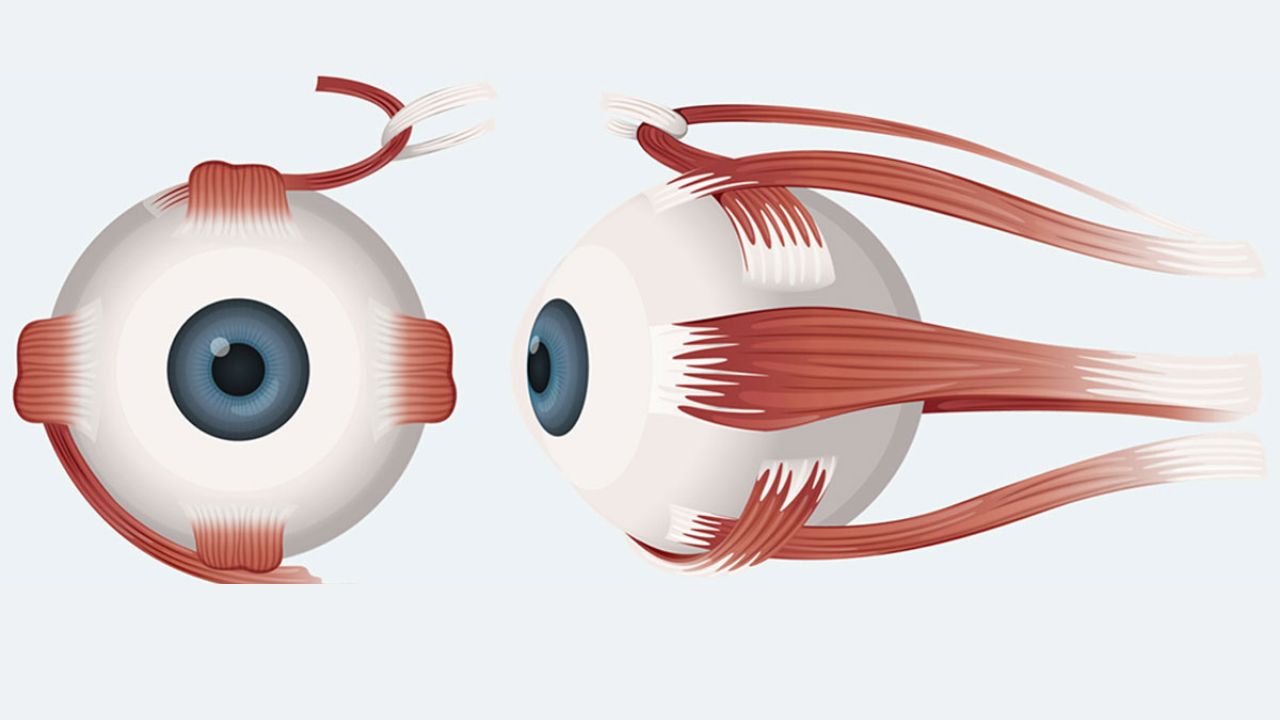Understanding Vertical Eye Movements and Dopamine

When we think about eye movements, we often consider their primary role in vision. However, eye movements also play a crucial role in our brain’s neural pathways. Vertical eye movements, in particular, can influence the dopaminergic system, which is responsible for regulating dopamine levels in the brain. Dopamine is a neurotransmitter that plays a key role in reward, motivation, and alertness.
Dopamine and Brain Function
Dopamine-dependent pathways are critical for many aspects of brain function, including mood regulation, attention, and learning. Disruptions in these pathways can lead to a variety of neurological and psychological conditions. Research has shown that vertical eye movements can reveal important information about the functioning of these pathways, making them a valuable tool in studying and potentially supporting brain health.
The Benefits of Vertical Eye Exercises
Enhancing Eye Muscle Coordination
While vertical eye exercises don’t change the anatomical aspects of the eye responsible for refractive errors, they do improve the strength and coordination of the ocular motor muscles. Better control over these muscles can enhance your overall eye movement, reducing strain and improving visual tracking.
Boosting Brain Alertness
Incorporating vertical eye exercises into your daily routine can help boost your alertness. These exercises engage brain regions associated with the control of eye movements, which are part of broader neural networks involving dopamine signaling. By stimulating these areas, you can indirectly support overall brain function.

How to Perform Vertical Eye Exercises
Simple Vertical Eye Movement Exercise
- Sit Comfortably: Find a comfortable sitting position with your back straight and shoulders relaxed.
- Focus Forward: Keep your head still and look straight ahead.
- Move Eyes Up and Down: Slowly move your eyes upward as far as they can go without straining. Hold for a second, then slowly move them downward as far as they can go. Repeat this movement for 1-3 minutes each morning.
- Increase Duration Gradually: As you get more comfortable with the exercise, you can gradually increase the duration and intensity.
Tips for Effective Practice
- Consistency: Make these exercises a part of your daily routine to see the best results.
- Relaxation: Keep your facial muscles relaxed while performing the exercises to avoid unnecessary strain.
- Focus on Breathing: Pair the eye movements with deep, rhythmic breathing to enhance relaxation and concentration.
Integrating Vertical Eye Exercises into Your Lifestyle
Morning Routine
Start your day with a quick session of vertical eye exercises. This not only boosts your alertness but also sets a positive tone for the rest of the day. Just a few minutes each morning can make a significant difference in your overall well-being.
Break Time Activity
Incorporate eye exercises into your work breaks. If you spend long hours in front of a computer, these exercises can help alleviate eye strain and improve focus. Set a reminder to perform vertical eye movements every hour or so to keep your eyes and brain refreshed.
Vertical eye exercises are a simple yet powerful tool for supporting brain health. By improving the coordination of your ocular motor muscles and stimulating dopamine-dependent pathways, these exercises can enhance your alertness, focus, and overall cognitive function. Incorporating vertical eye movements into your daily routine is easy and requires minimal time commitment. Checkout Neurovison to experience the benefits for yourself!
References:
- Hikosaka, O., & Wurtz, R. H. (1985). Modification of saccadic eye movements by GABA-related substances. Journal of Neurophysiology, 53(2), 266-291. doi:10.1152/jn.1985.53.2.266.
- Schultz, W. (1998). Predictive reward signal of dopamine neurons. Journal of Neurophysiology, 80(1), 1-27. doi:10.1152/jn.1998.80.1.1.
- Leigh, R. J., & Kennard, C. (2004). Using saccades as a research tool in the clinical neurosciences. Brain, 127(3), 460-477. doi:10.1093/brain/awh035.
Can vertical eye exercises improve my vision?
While vertical eye exercises don’t change the anatomical aspects of the eye responsible for refractive errors, they can improve the strength and coordination of your eye muscles, leading to better control over eye movements and reduced strain.
How often should I do vertical eye exercises?
For best results, incorporate vertical eye exercises into your daily routine. Performing them for 1-3 minutes each morning can help boost your alertness and support brain health.
Are there any risks associated with vertical eye exercises?
Vertical eye exercises are generally safe for most people. However, if you experience any discomfort or pain, stop the exercises and consult a healthcare professional.
Can vertical eye exercises help with eye strain from computer use?
Yes, regular practice of vertical eye exercises can help alleviate eye strain caused by prolonged computer use. They help improve eye muscle coordination and reduce fatigue.
Do I need any special equipment for vertical eye exercises?
No special equipment is needed for vertical eye exercises. You can perform them anywhere, anytime, making them a convenient addition to your daily routine.

Learn how to improve your posture and overall health through a series of eye exercises that are specifically designed to enhance your brain and spine integration.

GET STARTED
ABOUT POSTUREPRO
COMPANY
FOLLOW US
Posturepro © 2024 All Rights Reserved. | Privacy Policy
